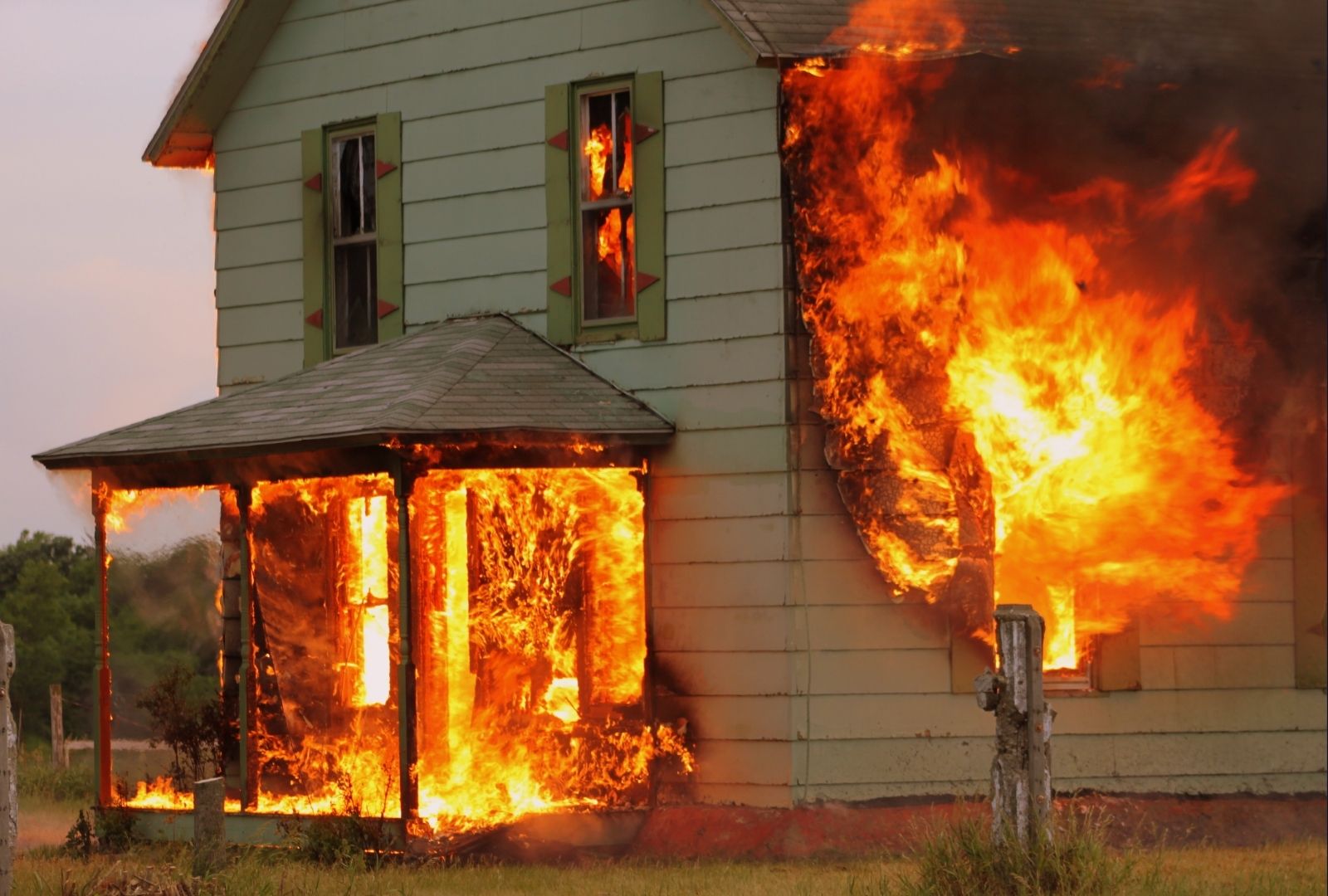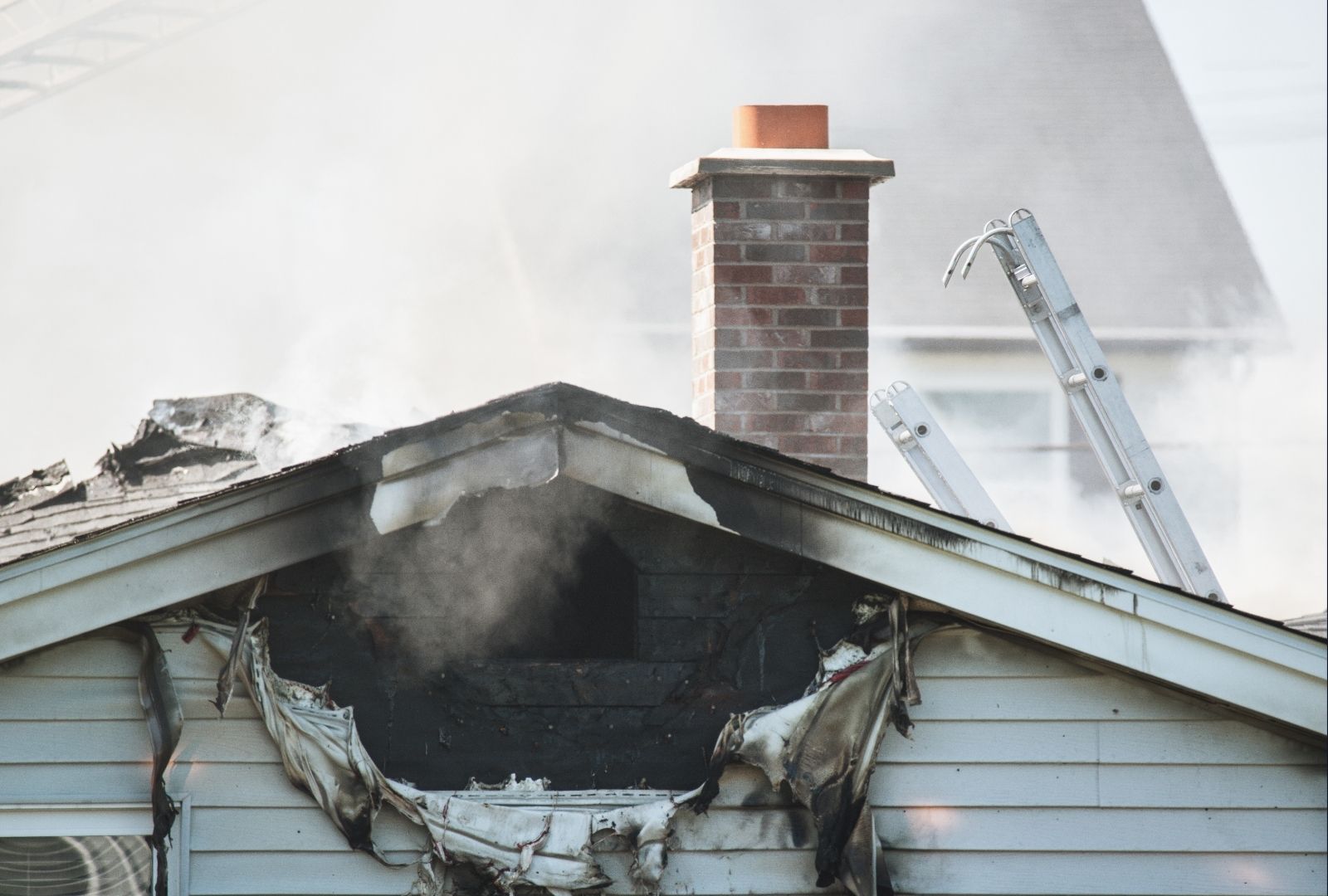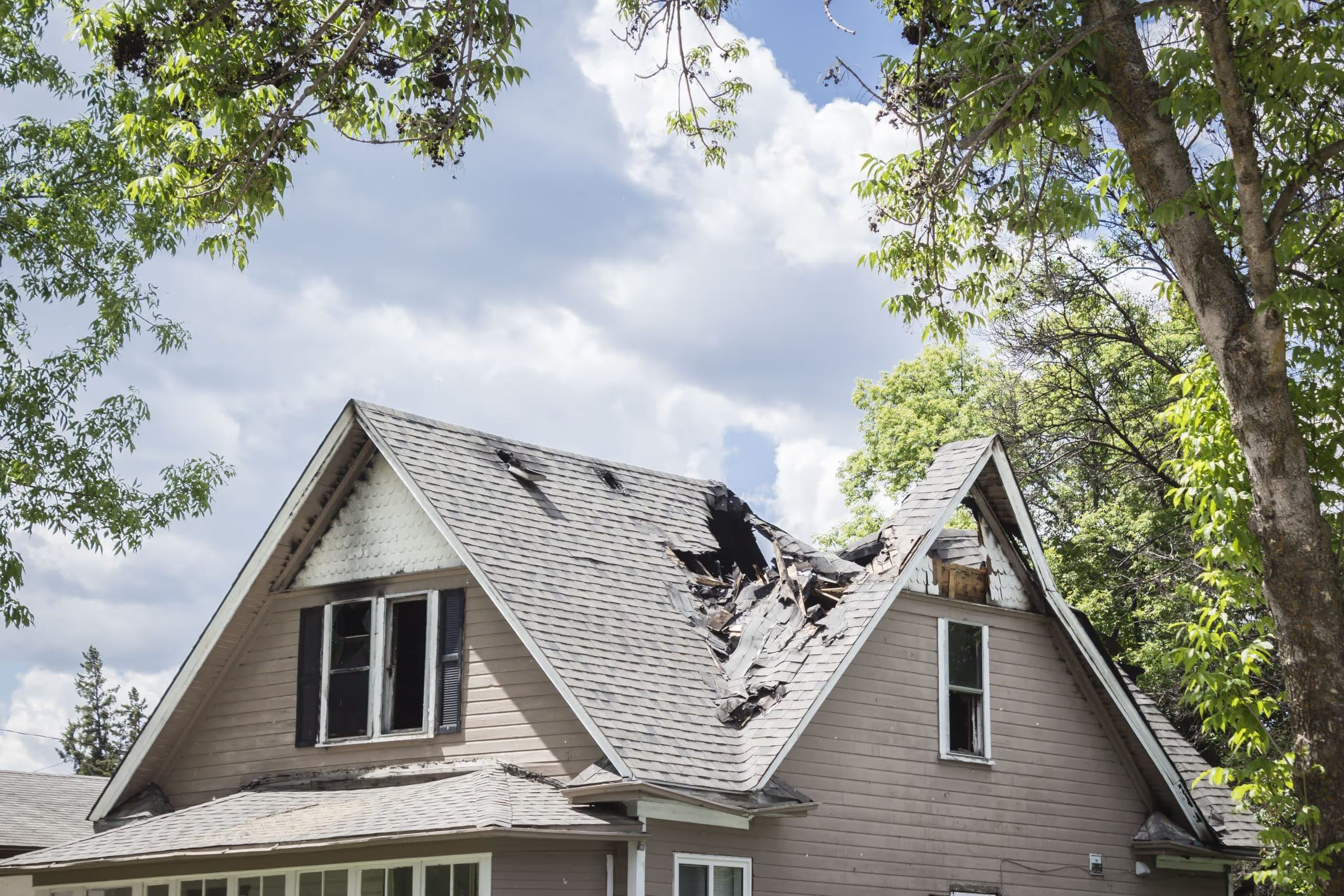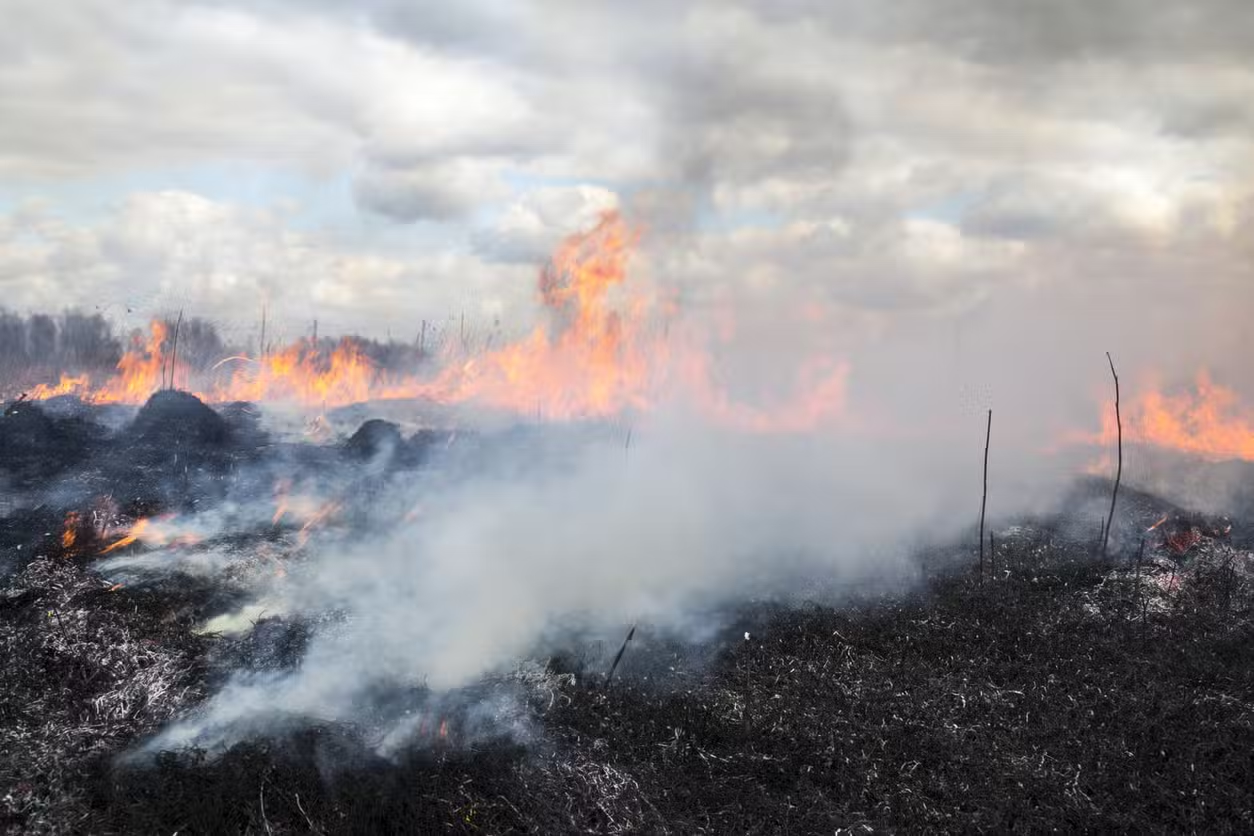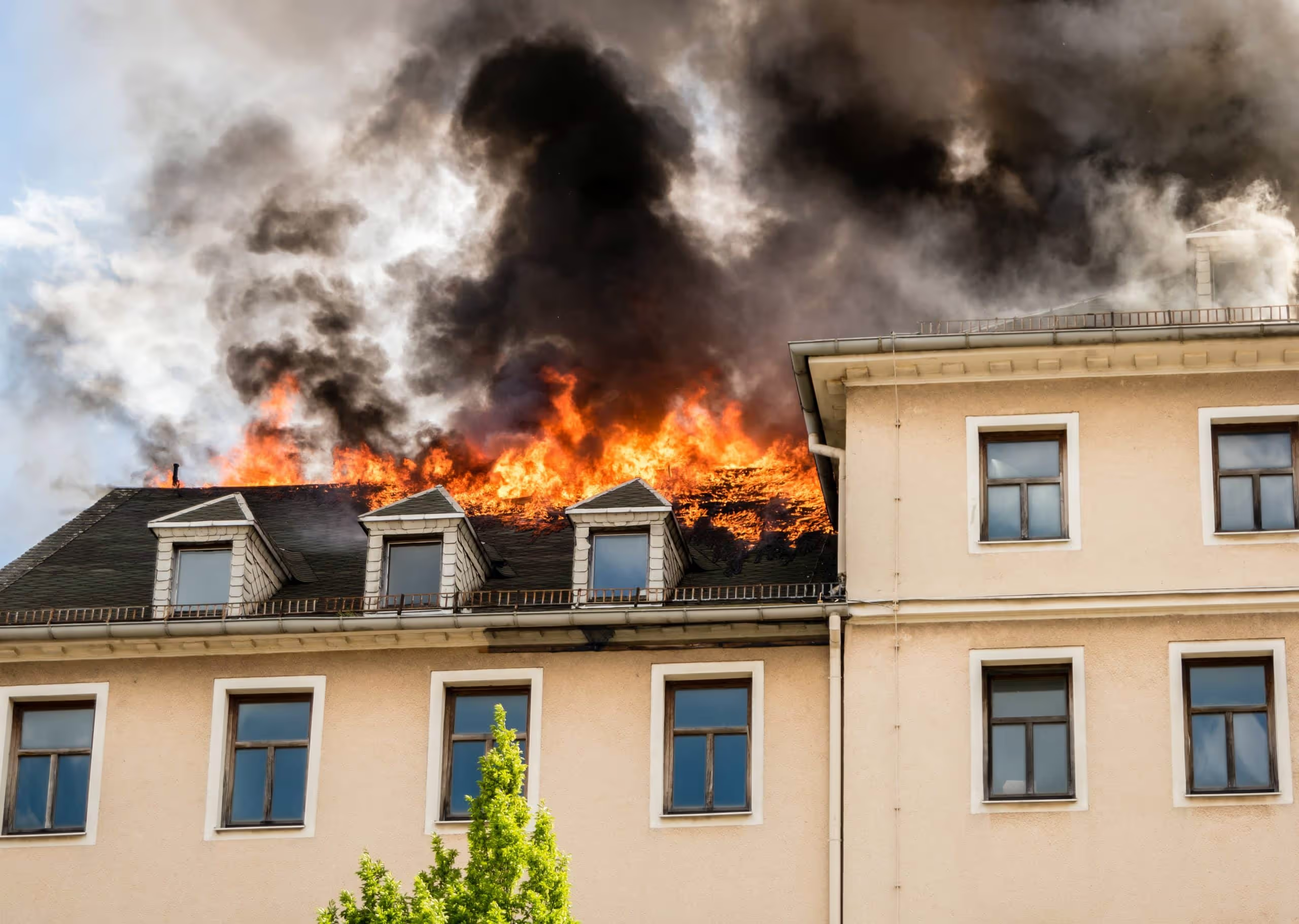Filing a fire damage insurance claim is a critical step in recovering after a residential or commercial fire. The process requires detailed documentation, knowledge of policy terms, and timely communication with your insurance provider. Proper handling ensures that you receive the full payout you're entitled to.
If your insurance provider is uncooperative or delays processing, consult a fire damage attorney to protect your rights and maximize your claim.

Step 1: Notify Your Insurance Provider Immediately
Most policies require that you report a loss promptly—often within 24 to 48 hours. When notifying your insurer:
- Request written confirmation of your claim submission
- Ask for your adjuster's contact details
- Record the claim number and date you filed
Delays in notification may result in reduced payouts or denial.
Step 2: Review Your Policy
Understanding your coverage is crucial. Focus on:
- Coverage limits for structural damage and personal property
- Exclusions (e.g., arson, vacant properties, delayed maintenance)
- Provisions for temporary housing and additional living expenses
- Replacement cost vs. actual cash value
Ask your insurance agent or attorney for clarification if the terms are unclear.
Step 3: Document the Damage Thoroughly
Accurate documentation builds a strong case. Before cleaning or moving anything:
- Take photos and videos of every room and damaged item
- List all belongings with estimated value, purchase date, and receipts if available
- Include details about structural damage, smoke, and water impact
Use a spreadsheet or inventory app to organize your documentation for easier claim processing.
Step 4: Request an Independent Estimate
Don’t rely solely on the insurer’s assessment. Hire a licensed contractor or fire restoration specialist to provide an independent estimate. This protects you if the insurer offers a low payout or misses hidden damages.
Include this estimate when negotiating your final settlement.

Step 5: Track All Expenses
Keep detailed records of out-of-pocket costs related to the fire:
- Hotel stays or rental housing
- Restaurant and grocery bills
- Clothing, medications, or temporary supplies
Submit these receipts to your insurer under Additional Living Expense (ALE) coverage.
Step 6: Understand Payout Timing
State laws vary, but many insurers must respond within 15 to 30 days after receiving your documentation. Once approved:
- Initial checks may cover emergency expenses
- Further disbursements will follow as repairs are completed
- Personal property claims are often settled separately from structural repairs
If payouts are delayed beyond state limits, legal action may be necessary.
Avoid Common Claim Mistakes
Protect your claim by avoiding:
- Cleaning up too soon without documentation
- Providing incomplete inventories
- Accepting the first settlement without review
- Missing filing deadlines specified in your policy
Additional Topics That Support Your Claim
Understanding related fire recovery processes helps improve your insurance claim:
- Fire damage restoration: Learn how cleanup and rebuild stages impact insurance evaluations.
- Smoke damage claims: Smoke often causes more pervasive damage than flames and deserves its own evaluation.
- Emergency fire assistance: Discover resources to support you while waiting for claim approval or restoration.
Exploring these areas prepares you to handle every stage of the claim and recovery process effectively.
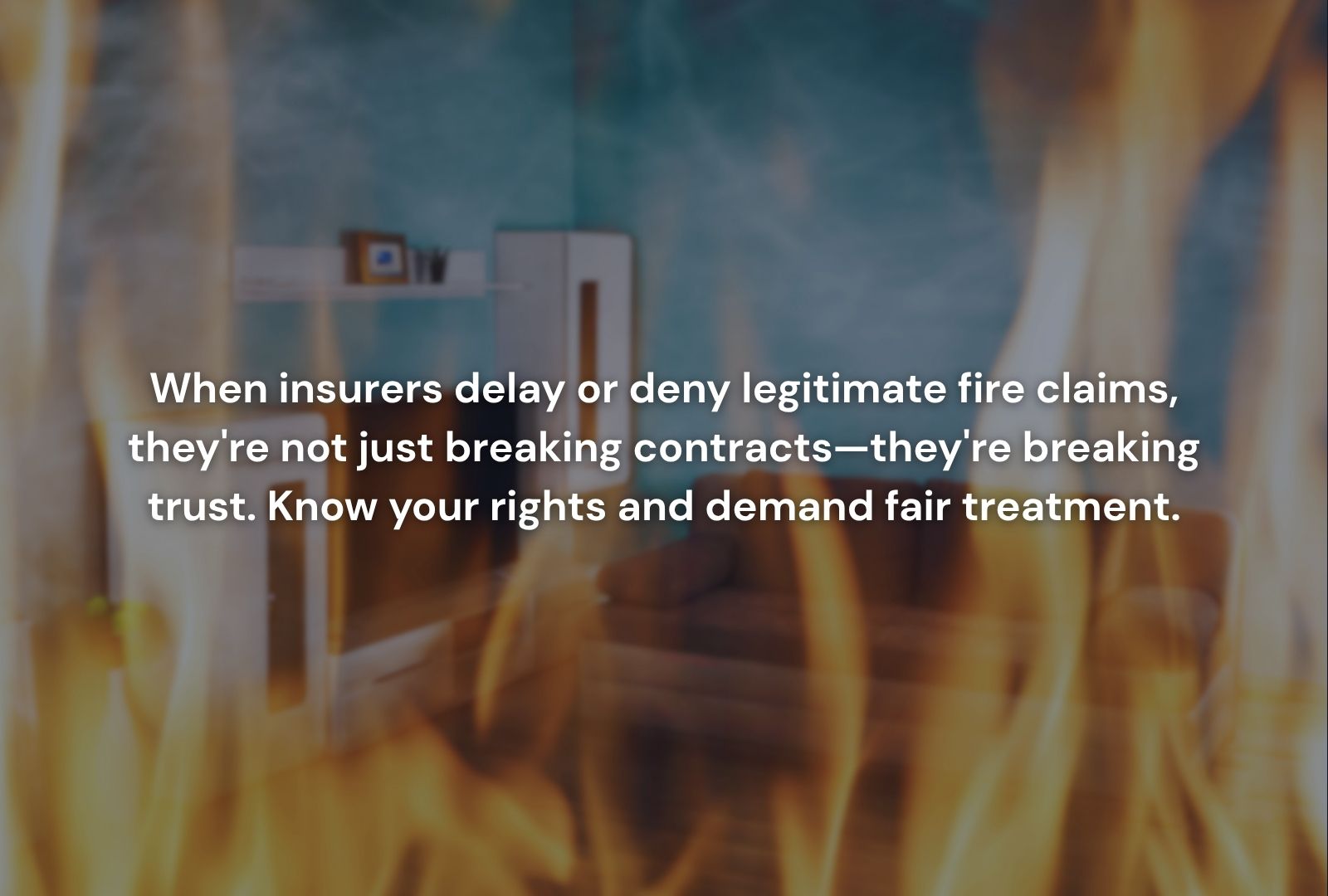
Conclusion
Filing fire damage insurance claims involves more than filling out forms—it requires strategic documentation, deadline management, and firm negotiation. By taking a proactive approach and seeking legal support when needed, you improve your chances of a full payout and a smoother path to recovery.











